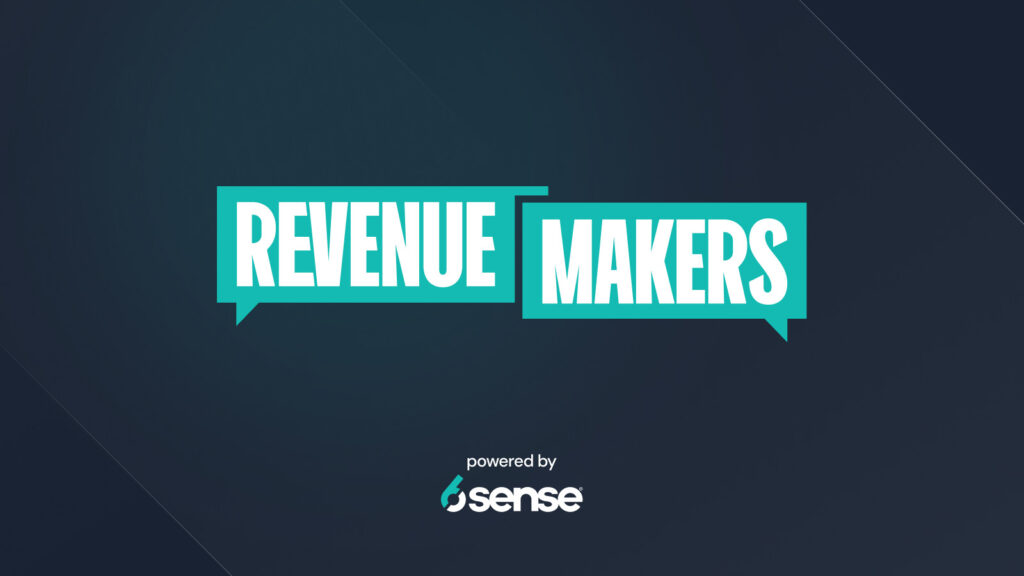Imagine you want to make an elaborate cake for a friend’s birthday.
(We know you’re here to learn about B2B Predictive Marketing, not to win The Great British Baking Show or Cake Wars, but just play along.)
Cruising Pinterest, you find two enticing recipes: one calling for a pre-made mix, one that requires starting from scratch.
The make-believe version of you who loves to make epic cakes says to yourself, “Remember a few years ago when you were so busy, you didn’t have the proper time to make that ‘Game of Thrones’ cake for Father’s Day?” The batter was sludge and the flavor was off, and you spent so much time trying to fix it you couldn’t finish the detailing on the Targaryen coat of arms!”
Recalling this with a shudder (the make-believe you obviously takes baking very seriously!), you opt for the pre-made mix to simplify the baking process and leave yourself plenty of time for all the embellishments. Your cake replica of the French Alps is as beautiful as it is tasty!
Sadly, we’ve taken this yummy anecdote about as far as it can go and must talk shop. But the concept of using previous experiences to make decisions efficiently can, and should, be applied to your marketing strategy. In B2B, a predictive marketing approach provides such clarity.
Predictive marketing removes the guesswork and uncertainty of the B2B prospecting process. And the game-changing predictable pipeline and revenue it delivers is simply icing on the cake!
(Ugh. That’ll be the last cake reference, we promise.)
Armed with tools that analyze historical data to forecast audience behavior and engagement, marketers can channel their efforts towards accounts most likely to purchase their products. This enables them to deliver tailored content that resonates with these target audiences, driving more effective engagement.
Whether you’re concocting a cake masterpiece or orchestrating a marketing marvel, the recipe for success lies in strategic foresight and creative execution. We get into all the delicious layers of predictive marketing below.
(Okay, we’re really done with the cake puns. For real this time.)
What is B2B Predictive Marketing?
B2B predictive marketing refers to the use of predictive analytics in marketing to businesses. It involves forecasting and anticipating future outcomes and customer behaviors using statistical algorithms and machine learning. By analyzing historical data and patterns, B2B predictive marketing helps teams make data-driven decisions to identify the most promising accounts and optimize strategies.
Traditionally, B2B marketers relied on manual processes and intuition to identify potential customers and inform campaigns. But with the introduction of Big Data and advanced analytics, businesses have access to vast amounts of data that can be harnessed to gain valuable insights.
Predictive analytics tools use sophisticated algorithms to surface patterns and correlations that identify which prospects are most likely to buy, for how much, and when. This helps you target the right buyers and understand where they are in their buying process so you can personalize messaging for better engagement.
This improves the efficiency and effectiveness of marketing initiatives, and also:
- Achieves higher conversion rates
- Increases revenue
- Drives overall business growth
Why Do Marketers Need B2B Predictive Marketing?
Assumptions and gut feelings are out. Science and analysis are in. Using predictive data, marketers can achieve:
- Enhanced Lead Generation: You can identify and prioritize the most promising leads with a higher likelihood of conversion. By analyzing historical data and patterns, marketers gain insights into the characteristics and behaviors of their ideal customers.
- Improved Sales Forecasting: You can make data-driven predictions about future sales performance based on historical data, market trends, and customer behavior. This helps marketers set realistic targets and allocate resources effectively.
- Personalized Marketing Campaigns: You can tailor messaging, content, and offers to resonate with individual prospects. A deeper level of personalization improves the customer experience and increases the chances of conversion and loyalty.
- Optimal Resource Allocation: And you can identify the marketing channels and tactics that are yielding the best results using insights from past campaign performance. Dedicate more resources to those that are most impactful and maximize ROI.
Types of B2B Predictive Marketing
B2B predictive marketing encompasses various types of analytics that are used to drive marketing success. Below are some of the most common methods used.
Lead Scoring
Lead scoring, sometimes referred to as lead qualification, involves assigning a numerical value or score to prospective customers based on their characteristics, behaviors, and engagement with marketing activities. Marketers prioritize and focus efforts on accounts with the highest scores, looking at data like:
- Job title
- Company size
- Website interactions
- Email engagement
For example, Acme Corp., a fictional FinServ SaaS company, assigns a higher score to accounts that have visited their pricing page multiple times and downloaded a whitepaper, indicating a higher level of interest and potential for conversion.
Predicting Churn
Churn prediction involves analyzing customer data to identify patterns and indicators that suggest a customer is at risk of discontinuing their relationship with a business. By monitoring factors such as usage patterns and customer sentiment, marketers can proactively intervene and take targeted actions to retain at-risk customers.
Acme Corp. analyzes customers’ usage patterns to note any decrease in use or decline in engagement with its customer success team. Identifying those at risk of churning, the business reaches out for personalized support and introduces new features to prevent attrition and maintain long-term relationships.
Content Personalization
Predictive analytics can be used to personalize messaging for B2B marketing campaigns. Data about customer preferences and behaviors informs highly targeted content for every prospect.
Our friends at Acme Corp. use predictive analytics to gather data into customer preferences and behaviors to tailor messaging for every prospect. The marketing team delivers highly personalized content for its target audience, like personalized product recommendations and industry-specific case studies to increase engagement.
Demand Forecasting
Insights into historical sales data and market trends enables marketers to predict future demand for products and services. As a result, they can optimize inventory management, production planning, and marketing strategies to meet anticipated demand.
Analyzing historical sales data, market trends, and seasonal or economic indicators, Acme’s revenue team can predict future demand for various products within their software suite. This allows them to plan production schedules and align marketing strategies to meet anticipated demand.
Find Success with B2B Predictive Marketing
Using predictive analytics, marketers can optimize their revenue forecasting strategies and drive revenue growth. But they need a tool that will provide the data they need to make informed decisions and have the greatest impact.
6sense is a comprehensive sales intelligence platform that empowers marketers with advanced predictive capabilities. With robust data analysis and machine learning algorithms, 6sense helps marketers identify and prioritize the most promising leads and personalize their marketing campaigns.
Just like choosing the right mix for your cake, using a tool like 6sense in your marketing strategy sets the stage for sweet success.
(Sorry! We couldn’t help ourselves! 🙂)





